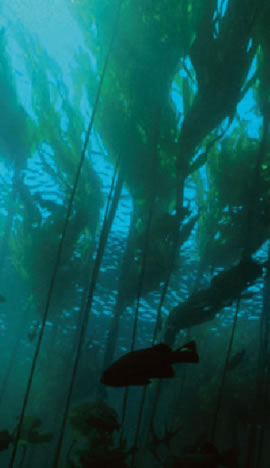Kelp forests and their associated communities of organisms live in cool waters off the coast of California.
Click on image for full size
Source: Steve Fisher
Climate Literacy - Essential Principle 3
Life on Earth depends on, is shaped by, and affects climate.
Fundamental Concept 3a.
Individual organisms survive within specific ranges of temperature, precipitation, humidity, and sunlight. Organisms exposed to climate conditions outside their normal range must adapt or migrate, or they will perish.
Fundamental Concept 3b.
The presence of small amounts of heat-trapping greenhouse gases in the atmosphere warms Earth’s surface, resulting in a planet that sustains liquid water and life.
Fundamental Concept 3c.
Changes in climate conditions can affect the health and function of ecosystems and the survival of entire species. The distribution patterns of fossils show evidence of gradual as well as abrupt extinctions related to climate change in the past.
Fundamental Concept 3d.
A range of natural records shows that the last 10,000 years have been an unusually stable period in Earth’s climate history. Modern human societies developed during this time. The agricultural, economic, and transportation systems we rely upon are vulnerable if the climate changes significantly.
Fundamental Concept 3e.
Life—including microbes, plants, and animals and humans—is a major driver of the global carbon cycle and can influence global climate by modifying the chemical makeup of the atmosphere. The geologic record shows that life has significantly altered the atmosphere during Earth’s history.
You might also be interested in:

Less than 1% of the gases in Earth's atmosphere are called greenhouse gases. Even though they are not very abundant, these greenhouse gases have a major effect. Carbon dioxide (CO2), water vapor (H2O),
...more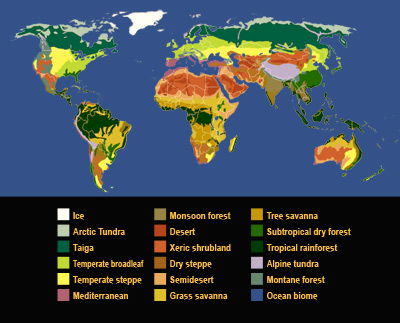
Biomes are large regions of the world with similar plants, animals, and other living things that are adapted to the climate and other conditions. Explore the links below to learn more about some of the
...more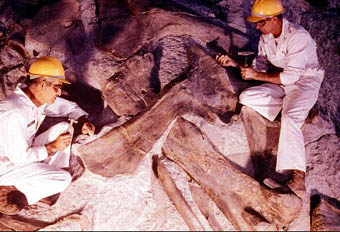
Fossils are evidence of ancient life preserved within sedimentary rocks. They are clues to what living things, ecosystems, and environments were like since life has existed on this planet. The oldest
...more
Though not the largest kingdom, with a mere 300,000 species catalogued, many might argue that the Kingdom Plantae just may be the most important group of living organisms. In the process known as "photosynthesis",
...more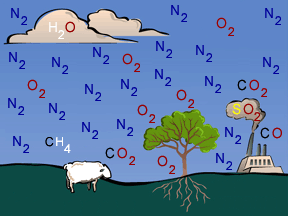
Earth's atmosphere consists of about 78% nitrogen, 20% oxygen, and a mixture of small amounts of numerous other ingredients. Some of the minor constituents do, however, have big impacts. For example, greenhouse
...more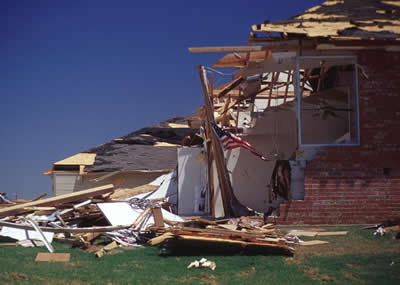
Earth's atmosphere and humans are inextricably linked. Fundamental Concept 7.1 Most living organisms on Earth are dependent on Earth's atmosphere and its processes for survival. We require oxygen for breathing;
...more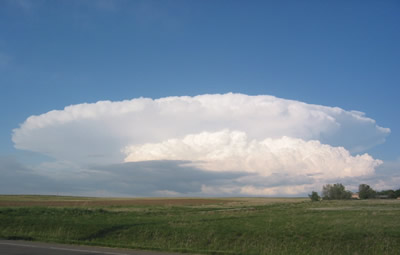
Earth's atmosphere changes over time and space, giving rise to weather and climate. Fundamental Concept 4.1 Weather is the state of Earth's atmosphere at a particular place and time. The climate of a particular
...more


